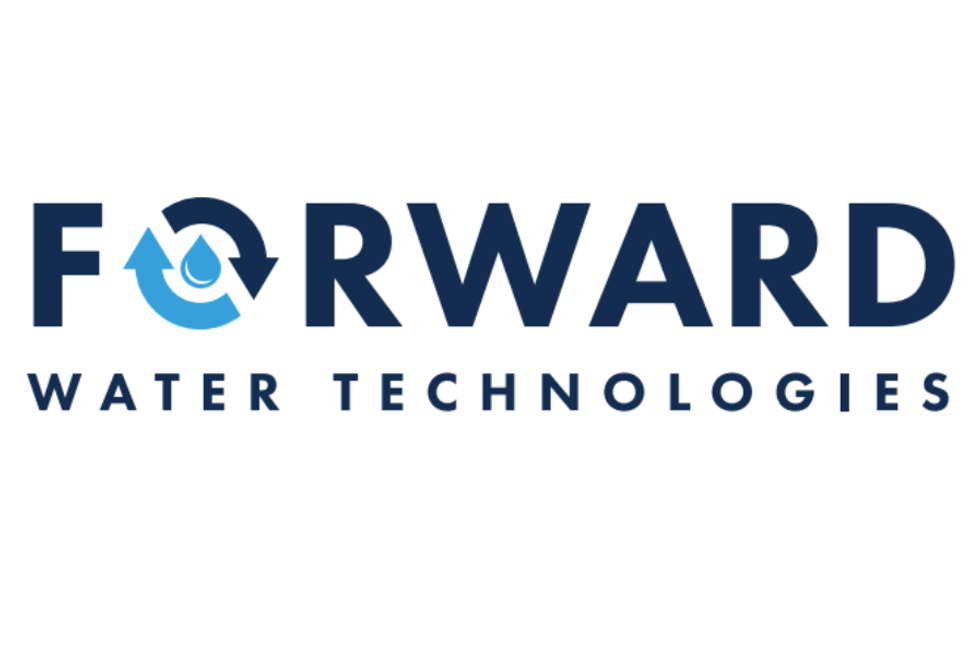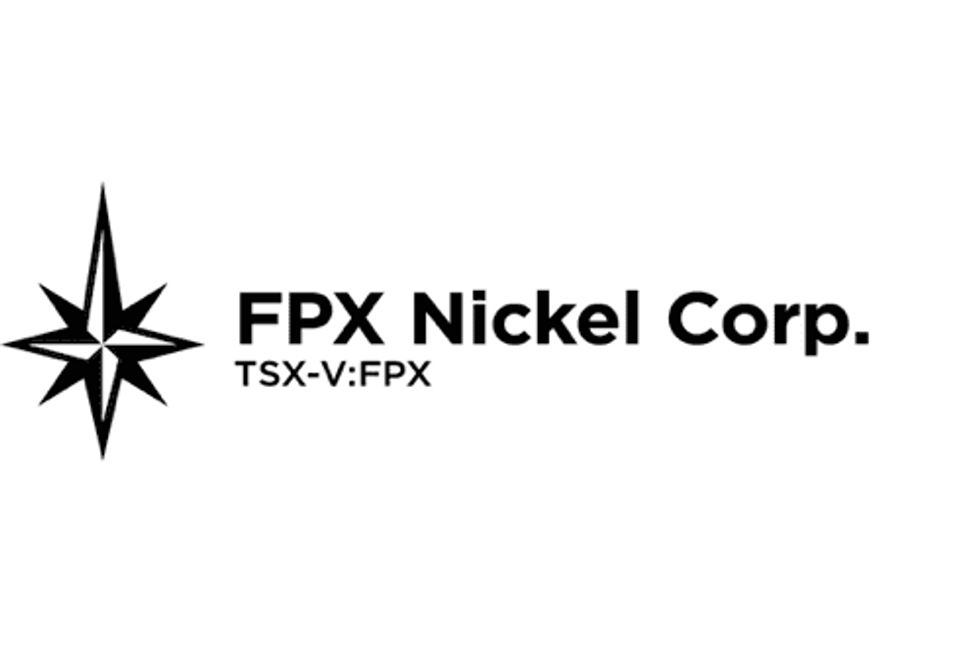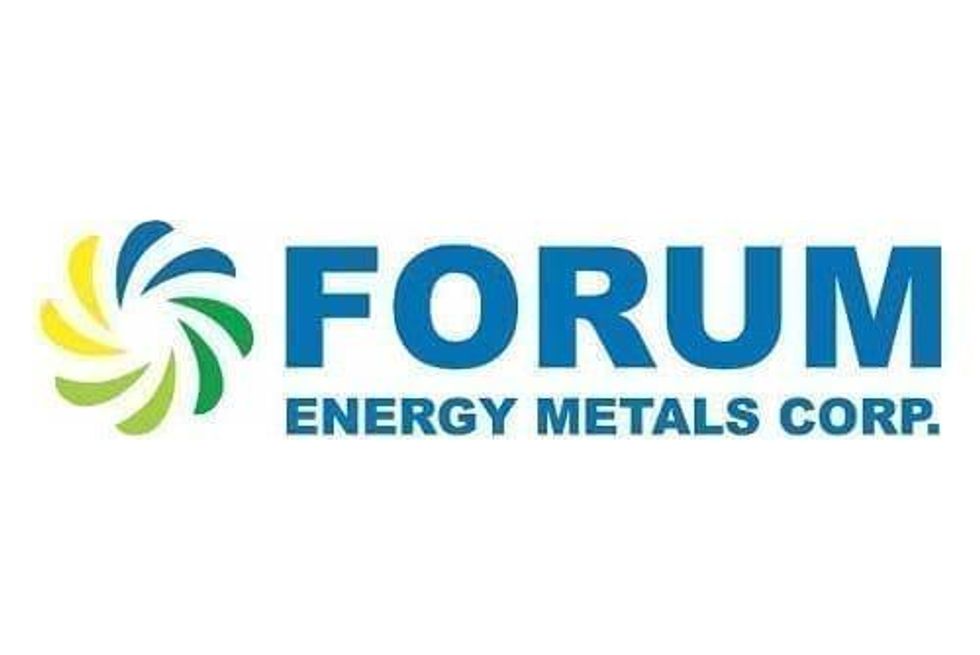- AustraliaNorth AmericaWorld
Investing News NetworkYour trusted source for investing success
Top Stocks
Top Resource Stocks
Top Tech Stocks
Top Life Science Stocks
Trending
Trending Articles
Trending Press Releases
Trending Companies
Galan Lithium
GLN:AU
International Graphite
IG6:AU
Cardiex Limited
CDX:AU
CVD Equipment Corporation
CVV:US
Trending Reports
Resource
Popular Lists
Investing Ideas
Outlook Reports
- Lithium Outlook
- Oil and Gas Outlook
- Gold Outlook Report
- Uranium Outlook
- Rare Earths Outlook
- All Outlook Reports
Investing Guides
Tech
Popular Lists
- Top Generative AI Stocks
- Top EV Stocks
- Biggest AI Companies
- Biggest Blockchain Stocks
- Biggest Cryptocurrency-mining Stocks
- Biggest Cybersecurity Companies
- Biggest Robotics Companies
- Biggest Social Media Companies
- Biggest Technology ETFs
- Artificial Intellgience ETFs
- Robotics ETFs
- Canadian Cryptocurrency ETFs
Investing Ideas
Outlook Reports
- Artificial Intelligence Outlook
- EV Outlook
- Cleantech Outlook
- Crypto Outlook
- Tech Outlook
- All Market Outlook Reports
Investing Guides
Life Science
Popular Lists
- Cannabis Weekly Round-Up
- Top Alzheimer's Treatment Stocks
- Top Biotech Stocks
- Top Plant-based Food Stocks
- Biggest Cannabis Stocks
- Biggest Pharma Stocks
- Longevity Stocks to Watch
- Psychedelics Stocks to Watch
- Top Cobalt Stocks
- Small Biotech ETFs to Watch
- Top Life Science ETFs
- Biggest Pharmaceutical ETFs
Outlook Reports
- Life Science Outlook
- Biotech Outlook
- Cannabis Outlook
- Pharma Outlook
- Psychedelics Outlook
- All Market Outlook Reports
Investing Guides
{'AuthorCoverImageSrc': 'https://mail.google.com/mail/u/0?ui=2&ik=55f728755f&attid=0.2&permmsgid=msg-f:1727246921194167791&th=17f869ec692a5def&view=att&disp=safe&realattid=c4d50f771ed4a7f4_0.2', 'ShortBio': "Harold von Kursk has worked as an political, cultural, and financial journalist for the past 25 years. He considers himself to be an ardent Keynesian who was working on his doctoral thesis in economics at McGill University in Montreal when he abandoned academia to work as a currency trader at a Toronto brokerage house. Mr von Kursk then decided to pivot to journalism and since the late 90s has lived and worked as an editor and writer based out of Paris, Berlin, Rome, and Brussels. His articles have been published in most of Europe's leading magazines and newspapers including the German and Italian editions of GQ, Playboy France, Matador, Manager Magazine (Germany), and the Frankfurter Allgemeine Zeitung.", 'community': None}
Harold von Kursk has worked as an political, cultural, and financial journalist for the past 25 years. He considers himself to be an ardent Keynesian who was working on his doctoral thesis in economics at McGill University in Montreal when he abandoned academia to work as a currency trader at a Toronto brokerage house. Mr von Kursk then decided to pivot to journalism and since the late 90s has lived and worked as an editor and writer based out of Paris, Berlin, Rome, and Brussels. His articles have been published in most of Europe's leading magazines and newspapers including the German and Italian editions of GQ, Playboy France, Matador, Manager Magazine (Germany), and the Frankfurter Allgemeine Zeitung.
The Latest Articles From Harold
Decentralised Finance: How Australia Fits into the Picture
Jun. 22, 2022 01:45 PM PST
Investing in Silver Bullion in Australia
Jun. 16, 2022 01:10 PM PST
EV Copper Use to Rise, How Australia Can Help Fill Demand
May. 24, 2022 01:55 PM PST
Outlook Reports
Browse Companies
MARKETS
COMMODITIES
| Commodities | |||
|---|---|---|---|
| Gold | 2322.47 | -1.22 | |
| Silver | 27.24 | -0.05 | |
| Copper | 4.49 | +0.03 | |
| Oil | 82.61 | -0.75 | |
| Heating Oil | 2.55 | -0.03 | |
| Natural Gas | 1.71 | -0.11 | |





